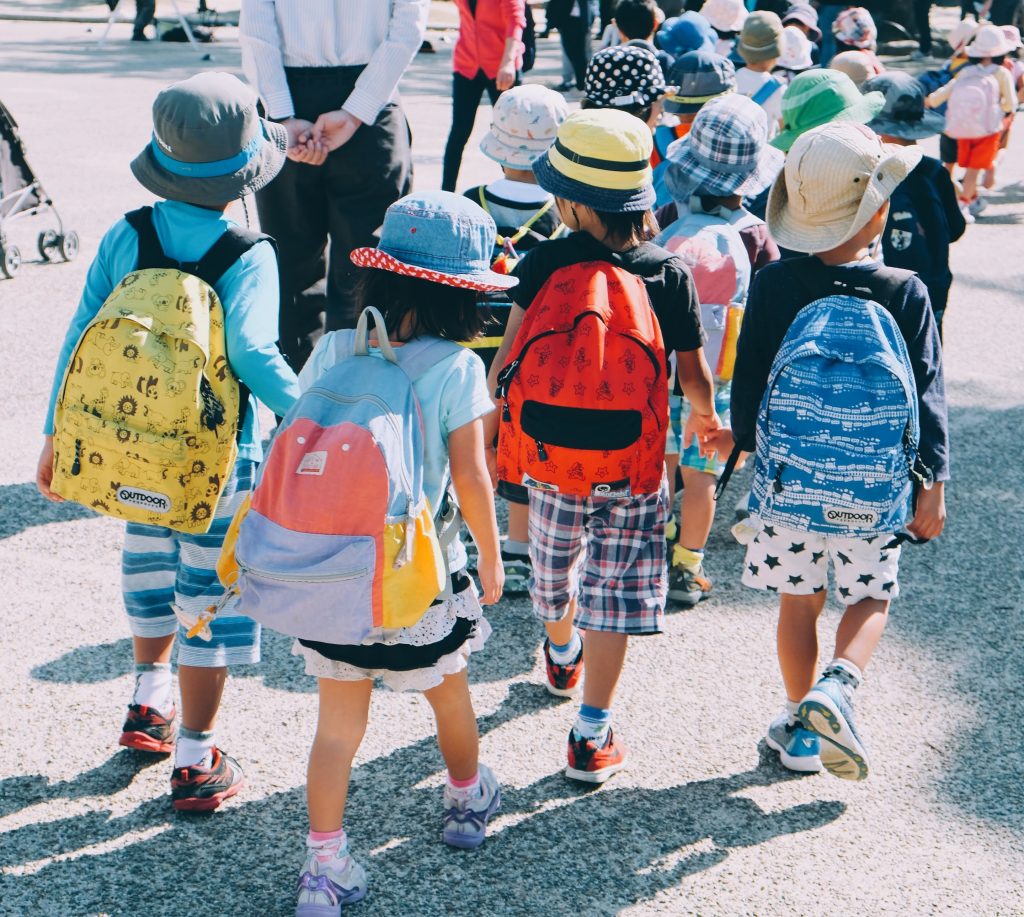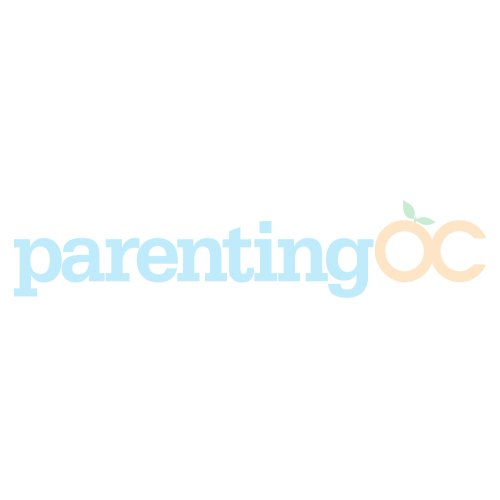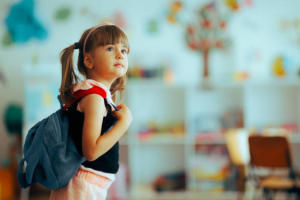
How do I talk to my young child about active shooters? Elementary age
The world is seemingly becoming a more dangerous and violent place post-pandemic. We can’t seem to turn on the news without a story of an active shooter or violent event somewhere in the country. As parents, it can be difficult to cope with the images and stories of the victims, but for a child, it can be even more devastating. While many try to shield their children from these types of news stories, or even the topic in general, kids today are much more aware of the world around them than ever before and may begin to ask questions to understand what is happening.
Aside from seeing or hearing a news story, most kids begin to learn about active shooters in their school’s lockdown drills. With limited context or explanation from their teachers, most kids wonder why they are hiding in the dark from a “bad person” during a drill. Further, the longer they remain silent in a dark classroom, the more anxiety builds, leading to fear and emotional outbursts.
That leaves parents with the struggle of how to talk to their kids about this sensitive topic, while protecting their innocence. The following are four ways to discuss violent incidents or active shooters with elementary-age kids:
- Listen to their fears: Violence and weapons can be scary regardless of age. Allow kids to lead the conversation with their questions. Identifying their fears, address their concerns and develop a plan with them. Keep in mind, the likelihood of being involved in an active shooter incident is extremely low, however, it can be a very real fear.
- People who hurt and people who help: Discussing the difference between people who hurt you and people who help you allows for context to the conversation. Have kids name types of people that may be hurtful and why, as well as the types of people who are helpful and why. You may choose to discuss why some people are hurtful (mental illness, anger, etc.) but be sensitive to your child’s age and understanding.
- Develop a plan together: Having a plan is always a good idea. Create a family plan to use together or one just for them — allowing them to use nervous energy to develop a plan can lower their anxiety and giving them permission to use the plan can help empower them to feel safe. The plan should include when and how to hide from hurtful people when at places they frequent (park, mall, grocery store, etc.), running or escaping from an area of danger (across a parking lot, open sports field, etc.), and physically overcoming someone trying to hurt them as a last resort (yelling, throwing sand, swinging a stick, etc.). Let them know it’s important to always listen to a trusted adult or teacher in any emergency, but it’s more important they stay safe regardless of where they are or who they’re with.
- Tell a story: Children’s movies, cartoons and books use narrative to introduce scary subjects without instilling fear. By explaining violence through story, you can maintain a lower level of anxiety while being able to discuss critical learning points. Consider using a favorite story or character to make the connection and maintain a positive outcome. Regardless of the example, ensure the story has a winning ending with everyone staying safe.
These are just a few strategies that can help ease fears while building reassurance for them to feel safe and be safe. Like talking about and practicing for fires or earthquakes, it’s important to be prepared and understand what to do should it ever happen, but not something to be afraid of every day. Creating an open and honest environment is the first step toward having critical safety conversations with kids. Continue the conversation by checking in with them after safety drills they may have at school or if they become aware of a violent incident. While this is a topic we shouldn’t have to be talking to kids about, it may be one of the most important conversations we ever have.
Related Posts:
- Child Dealing with Itchiness? All You Need to Know About Eczema
- Mindful Parenting After Pandemic Anxiety
- Learn Proper Sunscreen Safety for the Family
Adam Coughran is an industry leader in safety and security training for schools, businesses and organizations. He is a veteran of Southern California law enforcement who utilized his expertise to found Safe Kids Inc., an organization dedicated to helping prevent and survive violence.








